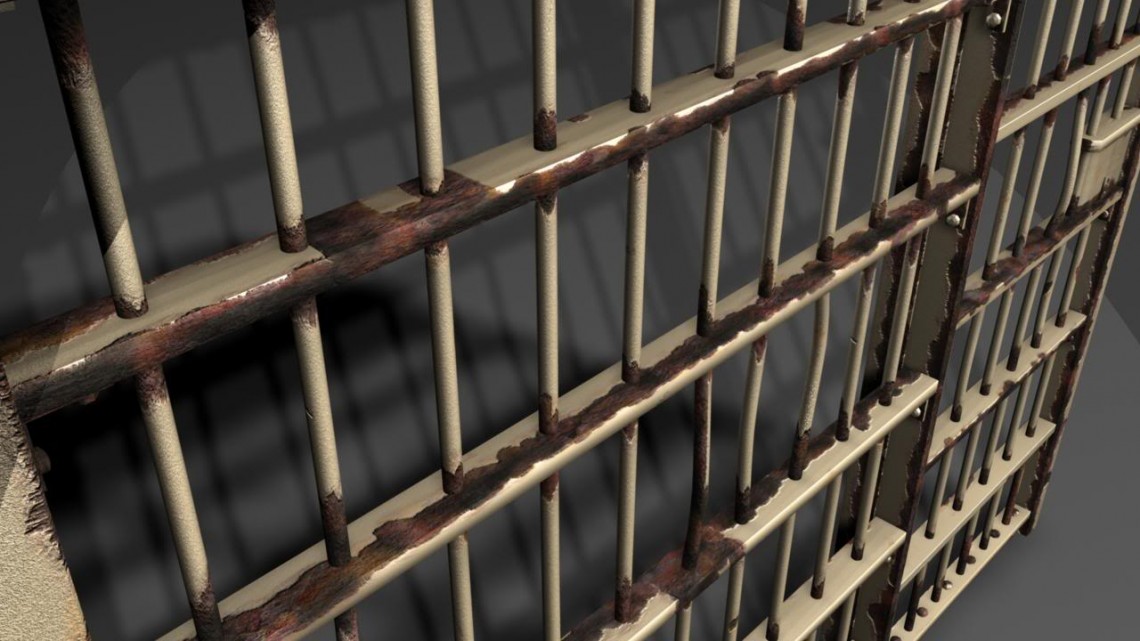A new analysis from the Center for Health and Justice Research (CHJR) at the IU Public Policy Institute found that jail populations in the United States dropped nearly 17 percent overall during the COVID-19 pandemic from February 1 through April 14, 2020. Meanwhile, about 6 percent of counties nationwide actually saw jail population increases.
Those findings include data from jails in 557 counties across the United States, including 11 in Indiana: Clay, Clinton, Dearborn, Hamilton, Hendricks, Jackson, Perry, Putnam, St. Joseph, Starke, and Tippecanoe counties. Comparable data was not available for Marion County. Overall, those Indiana counties saw a nearly 21 percent drop in jail populations during the pandemic. Putnam County saw the largest decline compared to its jail population at 36 percent, while St. Joseph County saw the largest drop in the number of people, reducing its jail population by 173 individuals. No Indiana county in the study saw an increase.
The 21 percent decline in Indiana is in line with the overall drop in Midwestern counties. Meanwhile, jail populations in the Northeast United States dropped 16 percent, those in the South fell 14 percent, and in the Western region jail populations dropped 22 percent.
These declines come after leaders across the country ordered court systems to reduce jail populations to help prevent the spread of COVID-19. Previous research and surveys of jail populations found that jails often operate near capacity, making it difficult to practice adequate physical distancing or to consistently practice ideal hygiene. Moreover, people in jail tend to be especially vulnerable to COVID-19 due to increased levels of pre-existing health conditions. Officials were able to reduce jail populations by suspending nonemergency detentions and releasing low-risk and nonviolent offenders.
The full brief is available on the IU Public Policy’s website under the News and Media section.














